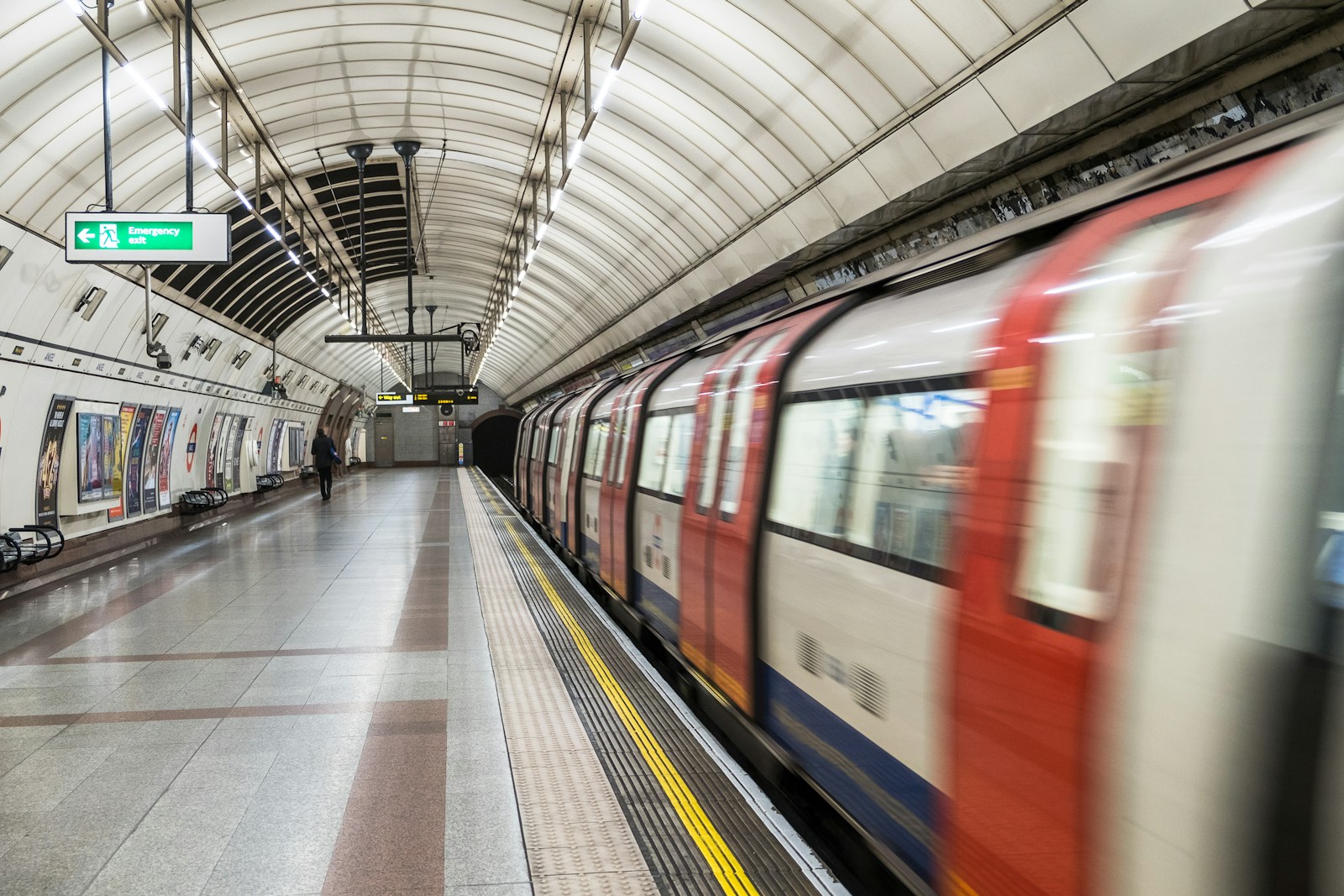
Introduction
London’s iconic Tube system is the lifeblood of this bustling metropolis. Whether you’re a tourist navigating the city for the first time or a seasoned Londoner, the Tube is often the quickest way to get from point A to point B. But have you ever stopped to think about how long it really takes to travel between those seemingly close Tube stops? Spoiler alert: it may not be as quick as you think! Let’s embark on a journey through the intricacies of the Tube system, exploring travel times, the factors that influence them, and tips to make your journey even smoother.
Understanding the Tube System
The Tube, officially known as the London Underground, is an extensive network that serves millions of passengers daily. With 11 lines and over 270 stations, the system covers 250 miles of track. Each line features a unique color and is connected to various boroughs of London, making it a vital form of transport.
One fundamental aspect of the Tube that often puzzles travelers is the time it takes to move between stops. While the distance between two stations may seem short, several factors come into play that can affect your travel time. Let’s delve into these factors so you can better manage your Tube time.
Travel Time Between Stops
The average journey between two Tube stops can take anywhere from 1 to 5 minutes when the train is in motion. However, this doesn’t account for the time spent waiting for the train, disembarking, or navigating the station itself.
- Waiting Time: Depending on the time of day, trains can arrive anywhere from every 2 to 10 minutes. During peak hours, trains are more frequent, while during off-peak times, you might find yourself waiting longer.
-
Boarding and Alighting: Once the train arrives, it can take additional time to board or alight, especially in crowded trains. Additionally, not all stations are created equal; some have multiple exits or escalators which can slow down your exit.
-
Station Layout: Some stations are sprawling, with various levels and exits, while others are petite and straightforward. If you’re changing lines, navigating through a busy interchange like Oxford Circus or King’s Cross can add precious minutes to your journey.
Factors Affecting Travel Times
Several elements can significantly influence how long it takes to travel between Tube stops. Understanding these can help you better plan your journey.
1. Time of Day
Rush hour in London is a different beast altogether. The busiest times are typically from 7:30 AM to 9:30 AM and 4 PM to 6 PM on weekdays. If you find yourself traveling during these peak hours, expect packed trains and longer waiting times.
2. Line Variability
Different Tube lines have distinct characteristics. For instance, the Bakerloo Line is known for its slower speeds and older trains, while the Jubilee Line boasts some of the newest rolling stock, which can zip you between stops more quickly. Additionally, some lines experience more delays than others, which can affect your overall travel time.
3. Service Disruptions
London’s weather can be unpredictable, and service disruptions are not uncommon. Whether it’s a signal failure, track maintenance, or an unfortunate passenger incident, these disruptions can add significant time to your journey. Keep an eye on the Transport for London (TfL) website or mobile app for real-time updates.
Estimating Your Travel Times
Now that you’re aware of these influencing factors, how can you estimate your travel times more accurately? Here are a few tips to help you plan your journey.
1. Use the TfL Journey Planner
The TfL Journey Planner is a handy tool that allows you to input your starting point and destination to get a detailed breakdown of your journey. It provides estimated travel times, changes, and even potential delays, allowing you to better manage your time.
2. Check Real-Time Updates
Don’t underestimate the power of real-time updates. Before you head out, check for any service disruptions on the line you’re taking. The TfL app is an excellent resource, providing alerts and updates on the go.
3. Consider Off-Peak Travel
If you can, travel during off-peak hours for a more pleasant experience. Not only will trains be less crowded, but you might also find yourself getting to your destination faster.
Fun Travel Time Examples
To make things a bit more tangible, let’s look at some hypothetical travel times between popular Tube stops. Keep in mind these are average estimates and can vary based on the factors mentioned earlier.
- Piccadilly Circus to Leicester Square: Just a hop on the Piccadilly Line, this journey lasts about 1 minute. However, don’t forget about waiting time, which can extend this to roughly 5-10 minutes when accounting for boarding.
-
Oxford Circus to Tottenham Court Road: The journey on the Central Line takes approximately 2 minutes, but if you’re traveling during peak hours, you might find yourself waiting up to 5 minutes.
-
King’s Cross St Pancras to Russell Square: A quick 1-minute ride on the Piccadilly Line, but factor in time to navigate the busy interchange at King’s Cross, and it could easily turn into a 10-minute journey.
Conclusion
As we’ve discovered, time is a precious commodity when navigating the Tube. The next time you hop on a train, keep in mind all the factors that can impact your travel time. With a bit of planning and awareness, you can significantly reduce any potential delays and make the most of your time in London.
So whether you’re on your way to a meeting, exploring the sights, or catching a show in the West End, remember to “mind the time gap.” With the right approach, you can become a Tube travel pro in no time! Safe travels!
Discover more from Anglotees
Subscribe to get the latest posts sent to your email.
